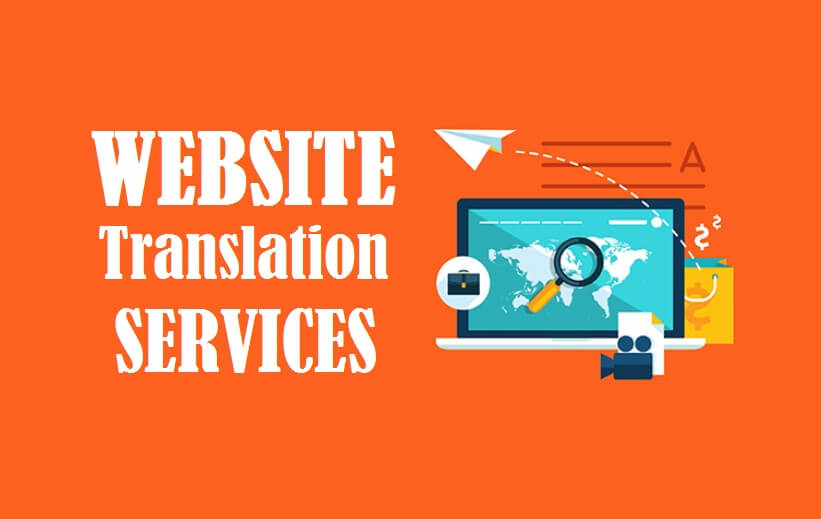In today’s interconnected world, effective communication across borders is crucial. However, language barriers can often hinder this process. This is where Indian language translation services come into play, playing a vital role in bridging the gap and fostering global understanding.
Understanding India’s Linguistic Diversity
India is a land of vibrant cultures and a staggering number of languages. With 22 official languages and countless dialects, India boasts one of the most diverse linguistic landscapes on the planet. This diversity presents both a challenge and an opportunity. While it can be difficult to navigate this complex web of languages, it also opens doors to a vast and untapped market.
Breaking Down Barriers with Indian Language Translation Services
Indian language translation services help businesses and individuals overcome these language barriers. These services provide professional translation of documents, websites, marketing materials, and other content into and from various Indian languages. This allows businesses to:
- Reach a wider audience: By translating content into local languages, businesses can connect with potential customers and partners in India who may not be comfortable with English.
- Enhance brand awareness: Marketing materials resonate more deeply when presented in the local language. This fosters trust and creates a stronger brand connection.
- Improve customer service: Providing customer support in local languages demonstrates a commitment to the Indian market and improves customer satisfaction.
- Comply with regulations: Many Indian states require documents to be submitted in the local language for legal and regulatory purposes. Translation services ensure compliance.
Ensuring Quality and Accuracy in Indian Language Translations
Accuracy and quality are paramount in translation. A poorly translated document can lead to misunderstandings, damage brand reputation, and even have legal ramifications. Indian language translation services employ a rigorous quality assurance process to ensure translations are:
- Accurate: The meaning of the source document is faithfully conveyed in the target language.
- Culturally appropriate: Terminology and expressions are chosen that resonate with the target audience.
- Grammatically correct: Translations adhere to the grammatical rules of the target language.
- Stylistically consistent: The tone and style of the source document are maintained in the translation.
Overcoming Challenges and Building Bridges
Despite the benefits, Indian language translation presents some challenges. The sheer number of languages, coupled with regional variations and dialects, necessitates a deep understanding of the linguistic landscape. Additionally, some technical terms and concepts may not have direct equivalents in Indian languages, requiring careful adaptation.
These challenges can be overcome by partnering with experienced Indian language translation services. These services employ translators who are native speakers of the target language and have expertise in the specific industry or field. This ensures translations are not only accurate but also culturally relevant.
Future Trends and Opportunities in Indian Language Translation
The demand for Indian language translation services is expected to surge in the coming years. This is driven by several factors, including:
- India’s growing economy: As India’s economic power increases, global businesses will increasingly look to tap into this market.
- Rising internet penetration: With more Indians coming online, the need for localized content will escalate.
- Government initiatives: The Indian government is actively promoting the use of Indian languages in education and administration, further fueling the demand for translation services.
These trends present exciting opportunities for Indian language translation service providers. Investing in new technologies, such as neural machine translation and artificial intelligence, will further enhance accuracy and efficiency. Additionally, specializing in niche industries like legal, medical, or technical translation will cater to specific market needs.
Conclusion
In today’s globalized world, effective communication transcends language barriers. Indian language translation services play a critical role in breaking down these barriers and fostering understanding between businesses and individuals across borders. By leveraging technology, prioritizing human expertise, and ensuring quality, these services open doors to new markets and opportunities, paving the way for a more inclusive and connected world.
FAQs
- Why do I choose VerboLabs over other Indian language translation companies?
Choose VerboLabs because we offer a unique combination of Experienced native-speaking translators. Our team comprises experts with in-depth knowledge of Indian languages and specific industry domains. VerboLabs prioritizes client satisfaction by offering competitive rates, a dedicated project manager for each client, and a team of experienced translators specializing in various domains.
- How Much Do Indian Language Translation Services Cost?
Translation costs depend on various factors like the language pair, document type, and turnaround time. Contact VerboLabs for a free quote.
- What Types of Documents or Content Can Be Translated?
Indian language translation services can handle a wide range of content, including legal documents, marketing materials, websites, technical manuals, and even creative content.
- What are the Benefits of Using Professional Indian Language Translation Services Over Machine Translation Tools?
While machine translation tools have improved, professional translation services offer superior accuracy, cultural sensitivity, and domain expertise. Human translators understand the nuances of language and can adapt the content for the target audience, ensuring more impactful communication.



